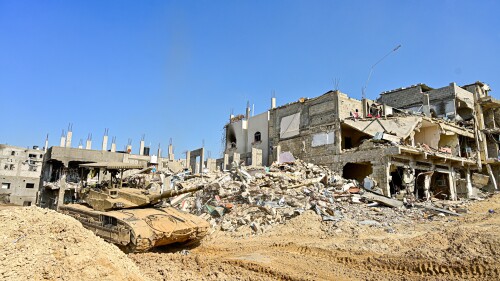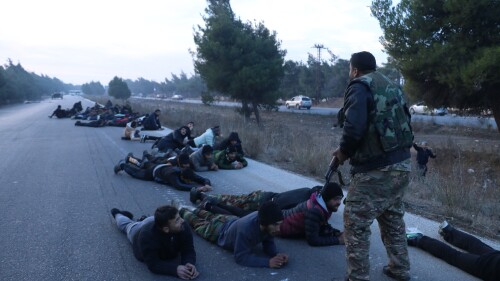Excerpt
When President Trump announced the withdrawal of U.S. forces from northeast Syria in October, a Turkish invasion swiftly and predictably followed. The Syrian Kurds were faced with the choice of meeting the Turkish onslaught alone, or inviting regime and Russian forces into their area. They chose the latter course. This appeared initially likely to herald the rapid demise of the Kurdish autonomous authority in Rojava, which had been carved starting in mid-2012.
The current reality on the ground, however, belies this simple picture. The Assad regime is decrepit and lacking in manpower. The Kurdish-led SDF, meanwhile, remains vigorous and strong. For this reason the regime has yet to attempt to establish control on the ground in cities such as Derik, Hasakah and Qamishli, where checkpoints and daily security control remains in the hands of the Kurds and their allies.
Read the full article at the Wall Street Journal (subscription required).
Jonathan Spyer is director of the Middle East Center for Reporting and Analysis, and is a research fellow at the Middle East Forum and at the Jerusalem Institute for Security and Strategy.








